Mississippi
Must-visit towns on the Mississippi Blues Trail this summer
Hit the Mississippi Blues Trail this summer with our guide to 9 must-visit towns that bring the soul, sound, and story of American blues to life.
Some of the most soul-stirring towns in Mississippi come alive along the legendary Blues Trail, especially in summer. From smoky juke joints and historic birthplaces to small-town museums and roadside markers, the Mississippi Blues Trail isn’t just a route; it’s a rhythmic journey through American music history.
This trail weaves through towns both tiny and iconic, each pulsing with stories of heartbreak, resistance, and joy expressed through the blues. Whether you’re a die-hard music lover or just want a different kind of Southern road trip, these towns promise unforgettable stops.
Ready to chase the blues in the best way possible? Let’s get rolling!
Clarksdale: The heart of Delta blues
If there’s a ground zero for blues, it’s Clarksdale.
Located in the Mississippi Delta, Clarksdale is where legends like Muddy Waters and John Lee Hooker got their start. Today, it’s home to the Delta Blues Museum and hosts the famous Juke Joint Festival every April, which keeps the spirit of the music alive year-round.
Ground Zero Blues Club, co-owned by actor Morgan Freeman, is a must-visit spot for authentic performances. You’ll also find quirky places like the Shack Up Inn, a cotton gin turned lodging and live music venue.
Indianola: B.B. King’s hometown
This small town gave the world one of the blues’ biggest names.
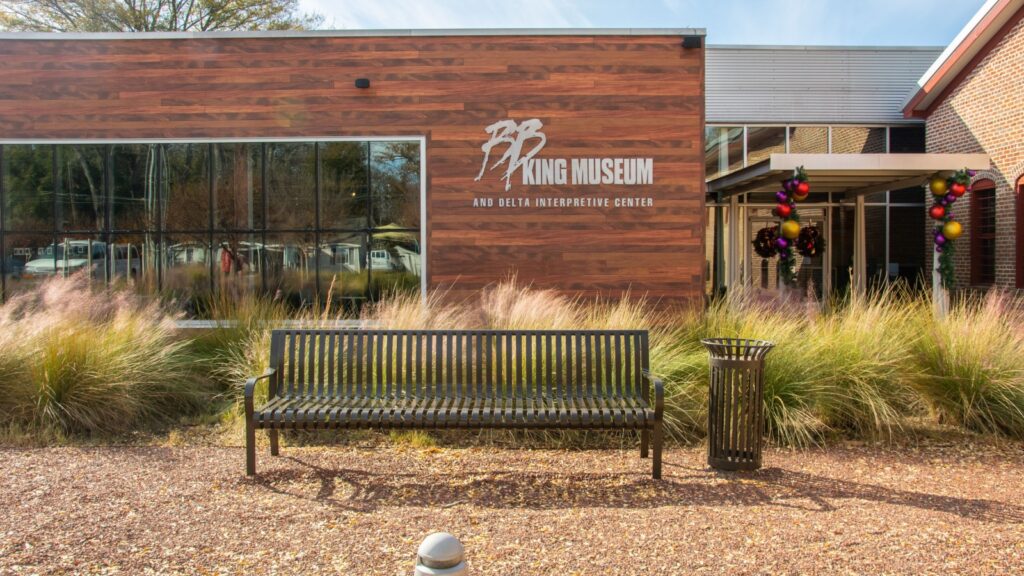
Indianola is where B.B. King grew up and is now his final resting place, the legendary guitarist and singer whose influence is still felt across the music world. The town’s crown jewel is the B.B. King Museum and Delta Interpretive Center, which gives a powerful look at his life and legacy.
The museum sits on the site of a cotton gin where B.B. once worked. Indianola also hosts the annual B.B. King Homecoming Festival in June, attracting both seasoned blues fans and curious newcomers.
Bentonia: Home of the haunting Bentonia style
Bentonia may be small, but its blues legacy is anything but.
It’s known for a distinct and eerie style of blues developed by local musician Skip James. His influence still echoes through the annual Bentonia Blues Festival, held at the Blue Front Café, the oldest juke joint in Mississippi still in operation.
It’s one of the most intimate blues experiences you can find. Owned by Jimmy “Duck” Holmes, a direct musical descendant of James, the Blue Front Café continues to serve up authentic music sessions with raw Delta soul.
Greenwood: Rich history, rich sound
This Delta town blends blues roots with civil rights history.
Greenwood was once a key stop for blues musicians and is still home to legendary sites like the gravesite of Robert Johnson, often dubbed the “King of the Delta Blues.” The nearby Three Forks store is said to be the place where he played his last gig.
You can also catch modern blues at places like the Alluvian Hotel. This upscale boutique stay even offers blues packages and curated trail maps to help travelers explore the surrounding musical heritage.
Tunica: Casinos and deep blues
Tunica isn’t just about slots and poker; it’s a true blues destination.
This town hosts the Gateway to the Blues Museum, built inside a restored 1895 train depot. Inside, visitors get a full sensory immersion into blues history, instruments, and iconic performances.
The museum is your perfect starting point for trail exploration. While in Tunica, you can also check out the Hollywood Café, where Marc Cohn famously sang about in “Walking in Memphis,” and where the blues still play on the weekends.
Leland: The birthplace of James “Son” Thomas
Leland may be tiny, but its blues credentials are strong.
This is the hometown of James “Son” Thomas, a bluesman known for both his haunting music and his equally eerie clay skull sculptures. The Highway 61 Blues Museum, housed in an old grocery store, honors him and other local artists.
Leland is a key stop on the famed Highway 61, the “Blues Highway.” You’ll find murals, jam sessions, and friendly locals ready to talk blues and share stories passed down through generations.
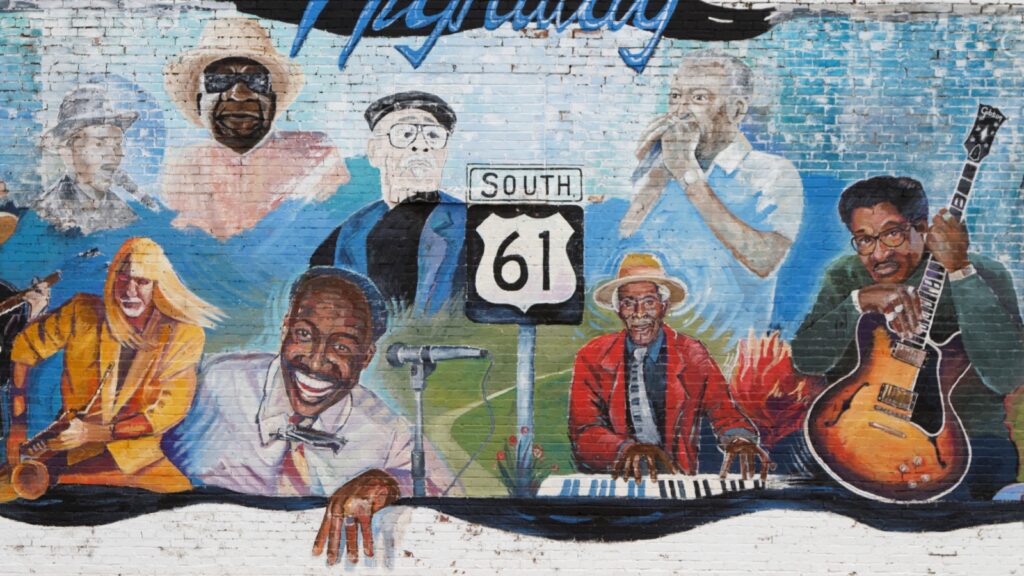
Merigold: A town that lives for juke joints
Merigold is where you go when you want the blues raw and real.
The town’s Po’ Monkey’s Lounge was one of the last rural juke joints in the Delta, famous for its raucous vibes and music-packed nights. Although it officially closed after the owner’s death in 2016, its memory lives on with a historical Blues Trail marker.
The spirit of Po’ Monkey’s still lingers in the Merigold air. You’ll find artists and photographers visiting the site to honor its legacy, and nearby bars still carry that gritty Delta energy.
Holly Ridge: The final stop for Robert Johnson
This quiet hamlet is steeped in mystery and music lore.
Holly Ridge is home to one of three possible graves of Robert Johnson, a pivotal figure in blues mythology. Whether or not it’s his actual resting place, blues fans flock here to pay tribute and leave guitar picks or whiskey bottles at the headstone.
It’s a solemn yet iconic point on the trail. The grave is marked with a Mississippi Blues Trail plaque that details Johnson’s short yet groundbreaking life.
Cleveland: Blues with a side of modern flair
This college town has blues bones with a youthful twist.
Cleveland is home to the GRAMMY Museum Mississippi, the only GRAMMY Museum outside of Los Angeles. It explores music history with high-tech exhibits and regular live performances.
Cleveland blends the blues past with future innovation. It’s also home to Dockery Farms, considered the “Birthplace of the Blues,” where Charley Patton, Howlin’ Wolf, and others once worked and performed.
Why summer is the perfect time to hit the trail
Many festivals and live shows pop up during the summer months.
The warm weather invites porch concerts, park performances, and lively festivals that make each town’s blues heritage even more alive. From Indianola’s B.B. King Homecoming to Clarksdale’s Summer Blues events, there’s never a dull weekend.
It’s the season when the Mississippi Blues Trail truly sings. Plus, with longer days and warmer nights, you can spend more time soaking up the sounds and stories under the open Delta sky.
TL;DR
- Clarksdale is the beating heart of the Delta blues, full of live music and history.
- Indianola honors B.B. King with a world-class museum and summer festivals.
- Bentonia offers a unique blues style and is the oldest juke joint in Mississippi.
- Greenwood blends music history with the legacy of Robert Johnson.
- Tunica mixes casino life with rich blues attractions.
- Leland celebrates “Son” Thomas and Highway 61 culture.
- Merigold’s juke joint past is a soulful stop on the trail.
- Holly Ridge draws fans to Robert Johnson’s mysterious gravesite.
- Cleveland combines its blues heritage with modern music exhibits.
- Summer is ideal for trail travel thanks to festivals, outdoor shows, and warm Delta nights.
If you liked this, you might also like:
Going back to your roots on a Mississippi road trip
Why Bay St. Louis is one of the most resilient historic towns in Mississippi
This article was made with AI assistance and human editing.

 Pennsylvania3 days ago
Pennsylvania3 days agoHere Are 12 Things People from Pennsylvania Do That Seem Insane To Everyone Else

 North Carolina4 days ago
North Carolina4 days agoHere Are 12 Things People from North Carolina Do That Seem Insane To Everyone Else
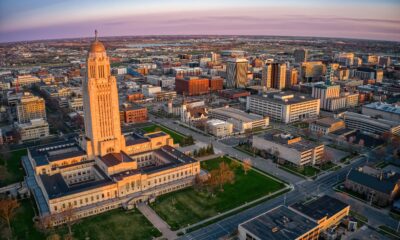
 Nebraska6 days ago
Nebraska6 days agoHere Are 12 Things People from Nebraska Do That Seem Insane To Everyone Else
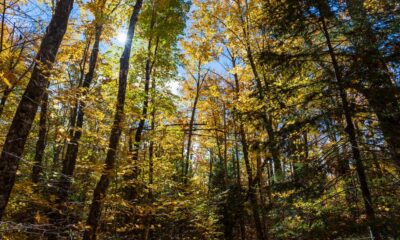
 Maine5 days ago
Maine5 days agoThe ruins of a town that time forgot are resting in this Maine state park

 New York4 days ago
New York4 days agoHere Are 12 Things People from New York Do That Seem Insane To Everyone Else
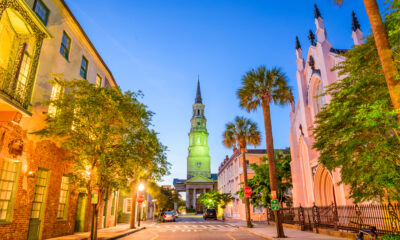
 South Carolina2 days ago
South Carolina2 days agoHere Are 12 Things People from South Carolina Do That Seem Insane To Everyone Else
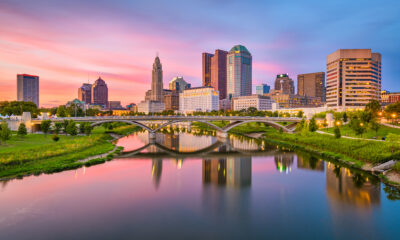
 Ohio4 days ago
Ohio4 days agoHere Are 12 Things People from Ohio Do That Seem Insane To Everyone Else

 Minnesota7 days ago
Minnesota7 days agoHere Are 12 Things People from Minnesota Do That Seem Insane To Everyone Else























